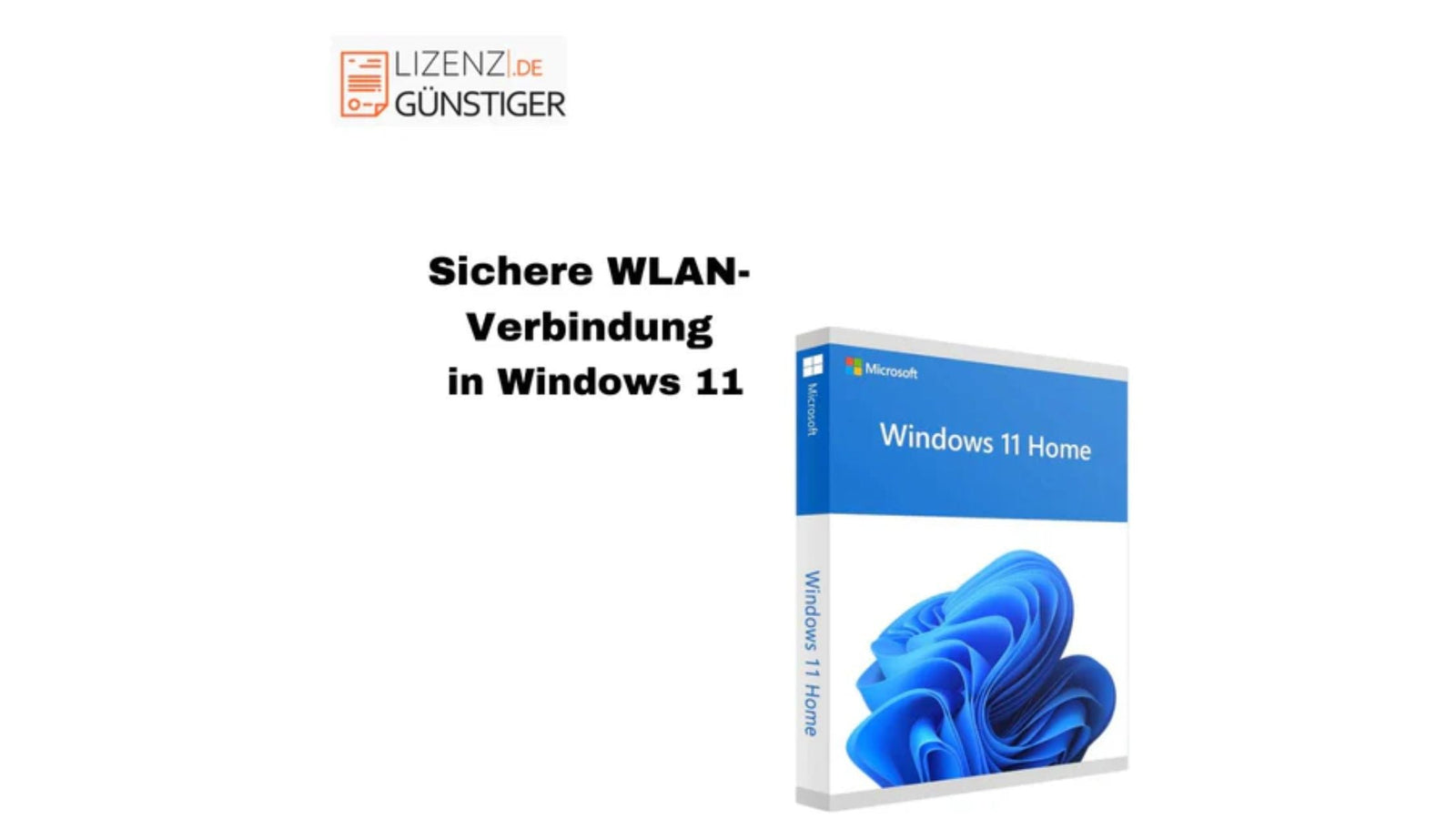Windows 11 Home offers powerful tools and settings to improve your wireless network encryption, your router security settings, and overall network privacy.
In today's digital landscape, it is critical to maintain robust Wi-Fi security and network security to protect your personal information.
Overview of Wi-Fi security in Windows 11 Home
Wi-Fi security in Windows 11 Home is critical for protecting your network and data. Windows 11 supports strong encryption standards, including WPA2 and WPA3. These encrypt wireless communications to block unauthorized access.
Network profiles categorize connections. There are public and private profiles. Each has its own security settings. Users can manage Wi-Fi networks through simple settings. These settings control automatic connections and network discovery to prevent unintended access.
Regular updates from Microsoft increase security. You can enhance security measures by integrating additional features, such as Wi-Fi Sense. Wi-Fi Sense protects network connections and keeps passwords private. For complete security, you should also use antivirus and firewall software for Wi-Fi security.
Importance of Wi-Fi security
Wi-Fi security encompasses measures and protocols that protect wireless networks from unauthorized access and cyber threats. It ensures that data sent over the network remains private. Only authorized users can access the network.
Global networks are interwoven, forming a complex web of connections. Wireless networks are ubiquitous. It is critical to have strong Wi-Fi security to protect sensitive information and privacy.
WLAN
Common threats to Wi-Fi networks
Wi-Fi networks are exposed to various threats that can compromise their security and integrity. Some common threats are
Wiretapping
Unauthorized users can intercept data transmissions over Wi-Fi networks, examine the data, and potentially uncover sensitive information.
Man-in-the-middle attacks
Attackers can intercept communication between devices on the network, allowing them to manipulate or steal data.
Exploiting vulnerabilities in Wi-Fi passwords
Skilled hackers exploit vulnerabilities in Wi-Fi passwords to gain unauthorized access to the network.
Unauthorized rogue access points
Rogue access points exist. Attackers set them up to imitate legitimate networks, tricking users into connecting and disclosing sensitive information.
DoS attacks (Denial of Service)
DoS attacks occur when malicious actors flood a Wi-Fi network with traffic, impairing legitimate access and rendering the network unavailable.
Wi-Fi security tips to defend your connection
Tip 1: Enable wireless network encryption
To protect your data from unauthorized access, make sure your Wi-Fi network is encrypted with WPA3 or WPA2. This encryption method encrypts your data, making it unreadable to anyone without the correct key.
1. Access your router's settings using a web browser.
2. Navigate to Wi-Fi security settings.
3. Select the encryption WPA3 or WPA2.
4. Set a strong password consisting of letters, numbers, and symbols to increase the strength of the Wi-Fi password.
Tip 2: Set a strong Wi-Fi password
A strong Wi-Fi password is crucial to prevent unauthorized access to your network.
Log in to your router's administration interface.
Navigate to Wi-Fi settings and select to change the Wi-Fi password.
Create a password that is at least 12 characters long and contains a mix of upper and lower case letters, numbers and special characters.
Tip 3: Update your router firmware regularly
Keep your router's firmware up to date to close security vulnerabilities and ensure optimal performance.
-
Check the manufacturer's website for firmware updates.
-
Download the latest firmware version compatible with your router model.
-
Access the router's web interface and navigate to the firmware update section.
- Upload the downloaded firmware file and install it according to the manufacturer's instructions.
Tip 4: Use a VPN for greater security
Protect your online activities and data by using a VPN (virtual private network), especially when connecting to public Wi-Fi networks.
-
Subscribe to a reputable VPN service.
-
Download and install the VPN client software on your Windows 11 Home device.
- Start the VPN client, log in with your credentials and connect to a VPN server.

Tip 5: Secure your Wi-Fi in Windows 11 Home
-
Review and adjust network sharing settings to control access to your files and devices on the network.
-
Open Settings in Windows 11 Home .
-
Navigate to Network & Internet > Wi-Fi.
-
Click on your connected Wi-Fi network and make sure the network profile is set to Private to prevent sharing with other devices.

Tips for placing your Wi-Fi router
Proper router placement improves signal strength. It also increases security by reducing vulnerabilities.
-
Make sure the router is placed in a central area to ensure consistent coverage. Avoid placing it near walls, large appliances, or metal objects that can block the signal.
- Make sure the router is positioned in an elevated location. Use a shelf or wall mount. This extends the range and reduces interference.
-
Keep the router away from sources of interference such as cordless phones, microwave ovens, and Bluetooth devices. These can interfere with the Wi-Fi signal.
-
Place the router in a secure location. It should be easily accessible for maintenance, but not accessible to unauthorized personnel. Avoid placing it near windows or doors where someone could tamper with it.
-
Avoid default settings. Change them, such as the router's SSID (network name) and administrator password. This prevents unauthorized access and security breaches.
-
Consider guest networks. If your router supports it, set up a separate guest network. This isolates guest devices from your main network, increasing the security of your devices.
Conclusion
Securing your Wi-Fi network in Windows 11 Home is crucial. It protects your data and ensures network security. Use WPA3 or WPA2 for network encryption. Also, set a strong Wi-Fi password. Keep your router's security settings up to date. This will ward off privacy threats.
A virtual private network (VPN) for Windows 11 Home increases security. It helps when you connect to the internet at home or on public Wi-Fi networks. These Wi-Fi security tips are important. They protect your online activities and personal information.
Take action today to improve your Wi-Fi security in Windows 11 Home. Then you'll surf the internet and communicate more securely. Visit lizenzguenstiger.de for premium security solutions tailored to your needs.
FAQs
Q: - What are the recommended Wi-Fi security settings for Windows 11 Home?
Ans: - For Windows 11 Home, it is important to set up strong Wi-Fi security measures such as network encryption and a robust Wi-Fi password.
Q: - How can I improve network privacy in Windows 11 Home?
Ans: - Improve your network privacy by adjusting router security settings and using a reliable VPN for Windows 11 Home .
Q: - Is it safe to use public Wi-Fi with Windows 11 Home?
Ans: - Public Wi-Fi security is crucial. Always use a VPN and avoid accessing sensitive information on public Wi-Fi networks.
Q: - What are the recommended Wi-Fi security settings for Windows 11 Home?
Ans: - Windows 11 supports modern Wi-Fi security protocols like WPA3 and WPA2. It's recommended to use WPA3 for enhanced security if your devices support it. Make sure your Wi-Fi password is strong and unique.
Q: - How can I improve network security in Windows 11 Home?
Ans: - To improve network security, keep your operating system and applications up to date, enable firewall protection, and use reputable antivirus software.
Also, update your router's firmware regularly and configure strong Wi-Fi encryption settings.
Q: - What is wireless network encryption and why is it important in Windows 11 Home?
Ans: - Wireless network encryption, such as WPA3 or WPA2, encrypts data transmitted over your Wi-Fi network, preventing unauthorized access to your data. Only devices with the correct encryption key can access your network.
Q: - How do I configure the router security settings in Windows 11?
Ans: - Access your router's settings through a web browser, navigate to the Security Settings section, and select WPA3 or WPA2 encryption. Set a strong password and disable WPS (Wi-Fi Protected Setup) for added security.
Q: - What features should a strong Wi-Fi password have?
Ans: - A strong Wi-Fi password should be at least 12 characters long and contain a combination of uppercase and lowercase letters, numbers, and special characters. Avoid easily guessed information like birthdays or common words.
Q: - What precautions should I take when using public Wi-Fi with Windows 11 Home?
Ans: - Always use a VPN when using public Wi-Fi to secure your connection. Avoid accessing sensitive information like bank or personal accounts without a secure, encrypted connection.

